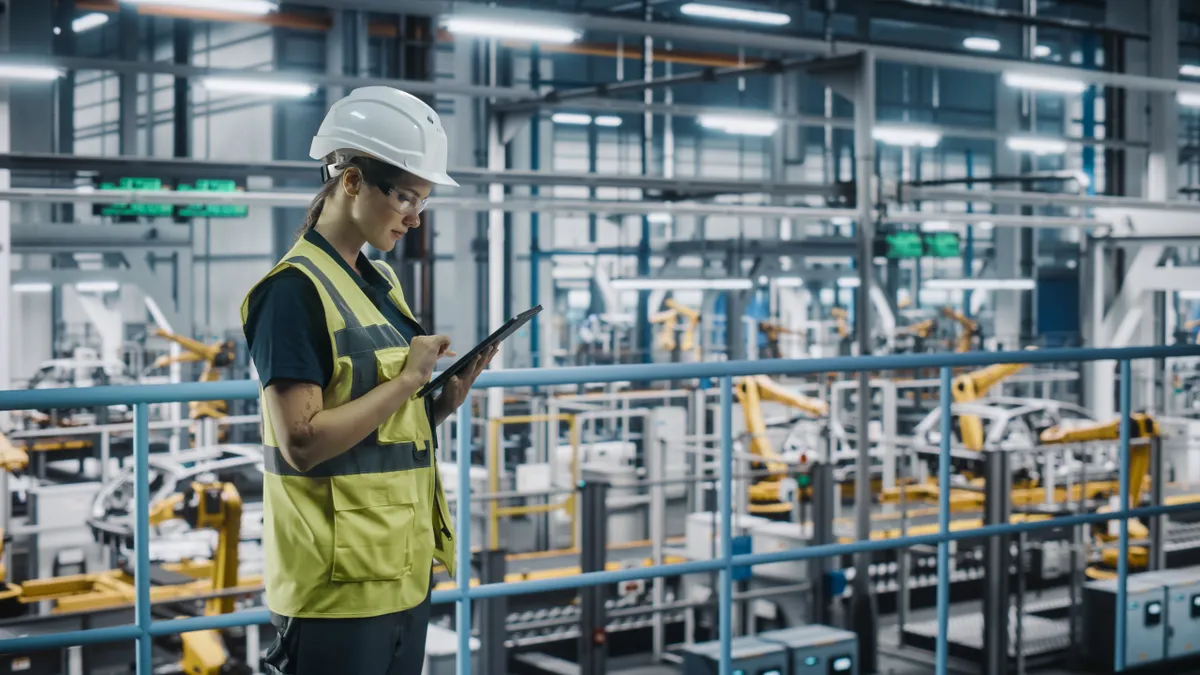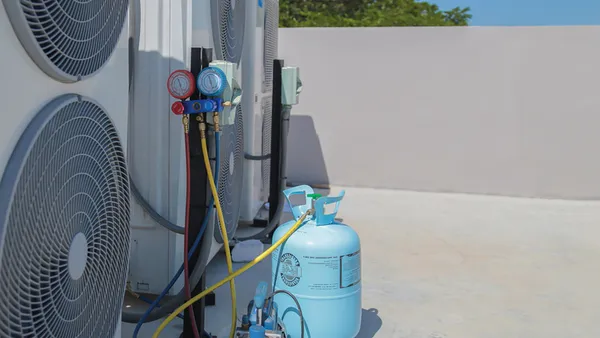Dive Brief:
- A majority of industrial occupiers are focused on rightsizing their lease space, with 58.2% of all space leased in the second quarter measuring less than 250,000 square feet, according to JLL’s Q2 2024 U.S. Industrial Outlook.
- In the second quarter, 112.6 million square feet of industrial space was leased, with 59.1% of that space coming from new leases. Of that new leasing activity, 45% came from Class A assets, JLL said in a report released last month. Despite a 49% slowdown year over year, new groundbreakings increased by 17.3 million square feet from the previous quarter, JLL says.
- Long-term power capacity remains a top consideration for industrial occupiers eyeing new developments, with expectations that an ongoing flight to quality will push Class B and Class C property owners to update older facilities in keeping with new automation systems and technologies, the report notes.
Dive Insight:
Overall leasing activity was subdued in the second quarter as businesses remained cautious due to economic uncertainty and “fluctuating consumer spending,” JLL says. Occupiers with leases up for renewal have largely opted to stay in place as industrial rents continue to climb, per the report.
“Moving forward into H2 2024, leasing momentum is expected to fluctuate,” JLL says, noting that evolving supply chain requirements are set to drive demand for third-party logistics companies, which were among the top industries leasing in the second quarter along with construction materials and building fixtures, logistics and distribution and food and beverage.
“As consumer and occupier needs continue to evolve, activities related to sustainable solutions, government support, advancing technology, reshoring, and consumer demands will help fuel growth in the manufacturing, automotive and energy and utilities sectors in the long-term,” the report says.
Rent also continues to grow, increasing 5.8% year over year to $10.03 per square foot, JLL says, noting that rental rate growth crossed the $10-per-square-foot threshold for the first time.
Sublease availability slowed significantly. Only 10 million square feet of new sublease space came online and 2 million square feet of sublease space were vacated. Sublease availability grew 75.1% year over year, but this accounts for only 1.1% of all availability, with the majority of sublease space being marketed for short-term use, JLL says.
The report adds that users currently have more options available and don’t feel pushed to grow their footprint at pace, instead choosing to expand into space as needed. To help draw tenants to speculative sites, some warehouse developers are working to upgrade power supply and capacity at the onset of construction.
JLL says that due to the importance of power capacity in the manufacturing industry, and associated growth expected to ramp in the coming years, markets with readily available power are set to benefit the most.













